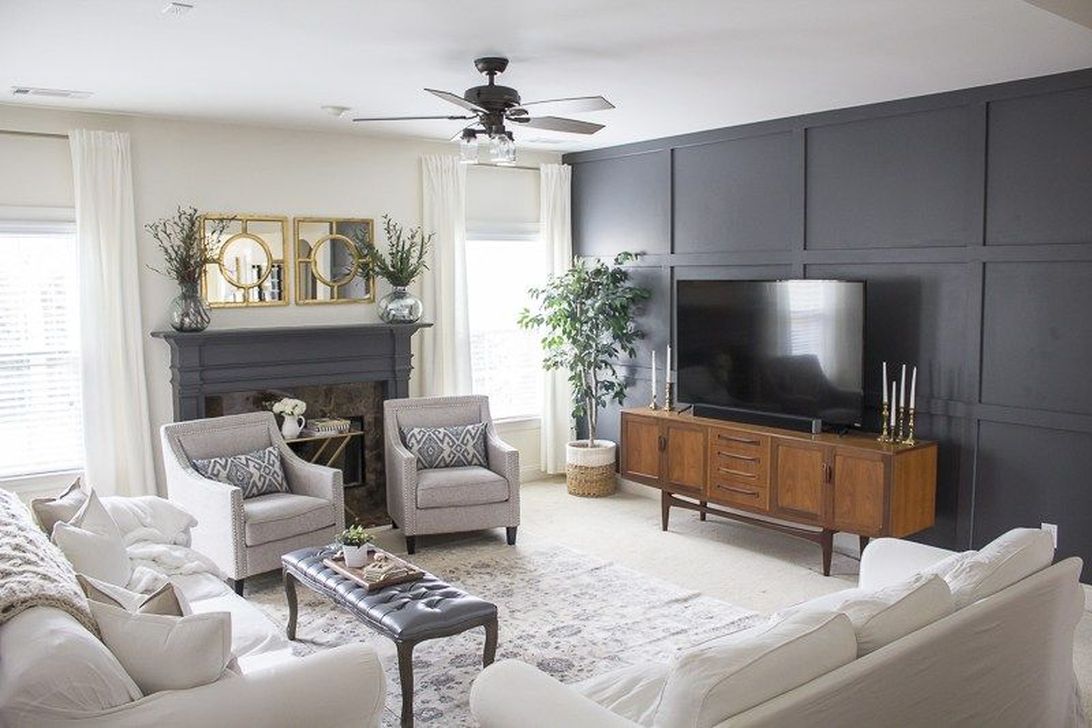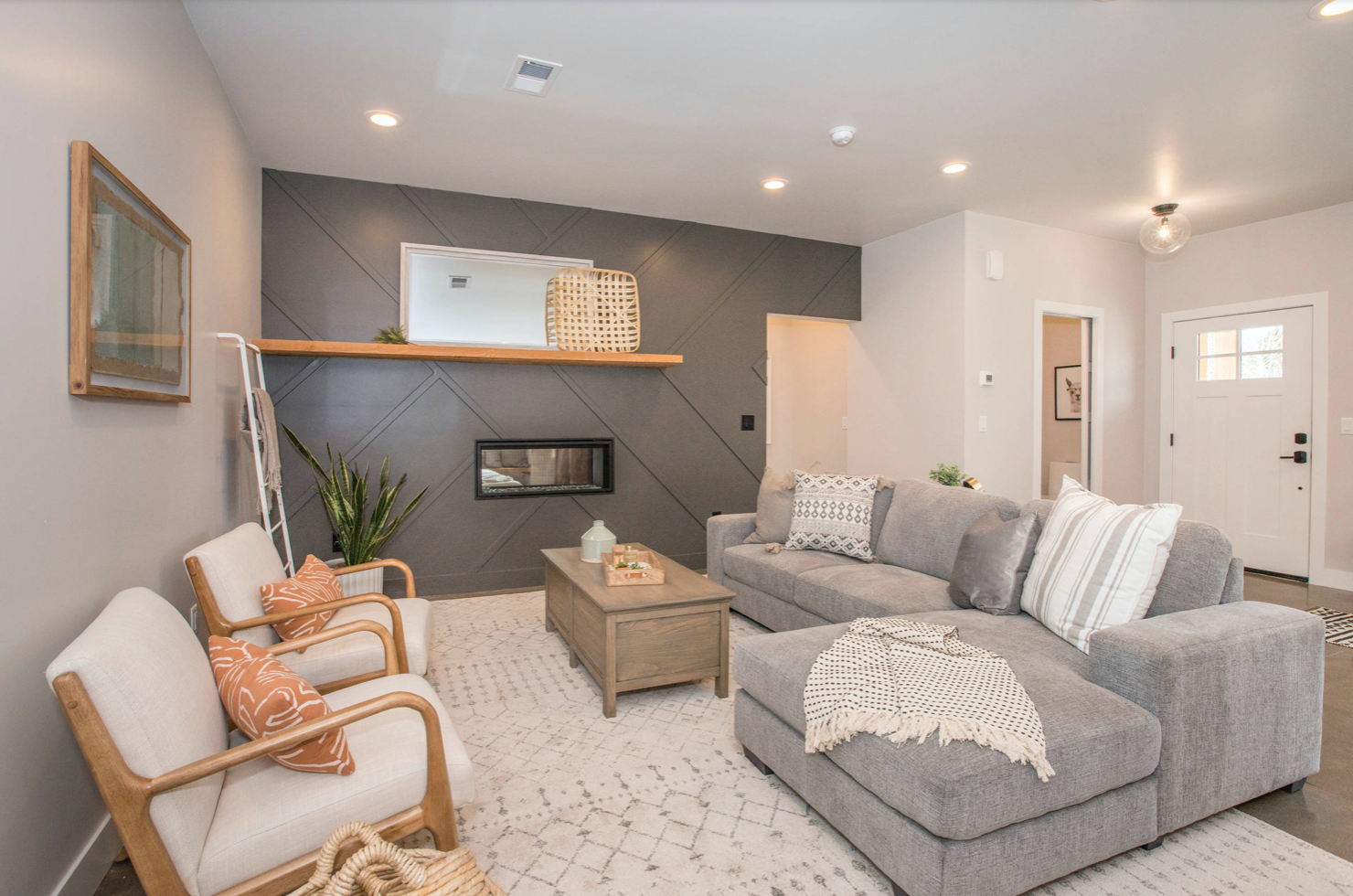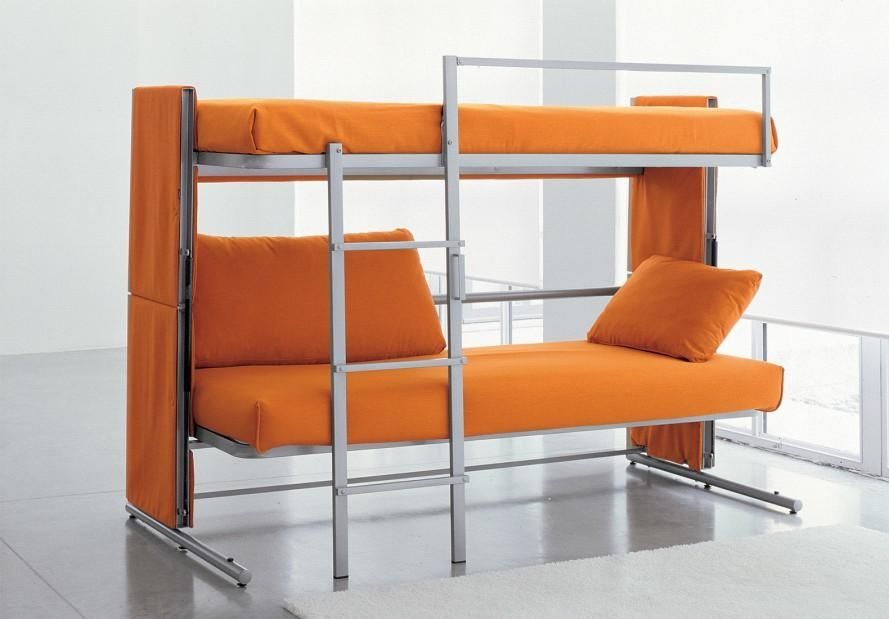Paint Colors for Living Room and Dining Room
Choosing the right paint colors for your living room and dining room can be a daunting task. After all, these are two of the most used and frequented spaces in your home. You want them to be inviting, stylish, and cohesive. So, where do you start?
Living room and dining room color schemes are the key to creating a harmonious and cohesive look in your home. A well-chosen color scheme can tie these two spaces together and create a seamless flow. When selecting your color scheme, consider the overall style and aesthetic of your home, as well as the natural light and size of the rooms.
Choosing Paint Colors for Open Concept Living and Dining Rooms
If you have an open concept living and dining room, it's important to choose paint colors that work well together and create a sense of continuity. One way to achieve this is by using neutral paint colors on the walls. Shades of white, beige, or gray can act as a blank canvas and allow you to bring in pops of color through furniture and decor.
Another option is to use a color blocking technique, where one color is used on the walls of the living room and a different color is used in the dining room. This creates a visual separation while still maintaining a cohesive look.
Best Paint Colors for Connecting Living Room and Dining Room
If you want to create a seamless transition between your living room and dining room, consider using cool or warm tones throughout both spaces. This will give the illusion of one large room rather than two separate ones. You can also use a monochromatic color scheme, where different shades of the same color are used in both rooms.
For a more dramatic look, consider using complementary colors. These are colors that are opposite each other on the color wheel, such as blue and orange or purple and yellow. When used correctly, this color scheme can create a bold and eye-catching look in your living room and dining room.
Coordinating Paint Colors for Living Room and Dining Room
Coordinating paint colors for your living room and dining room doesn't necessarily mean using the same color in both spaces. Instead, you can choose complementary colors that work well together. For example, if your living room has a blue color scheme, you can use shades of green in your dining room to create a cohesive and coordinated look.
When coordinating paint colors, it's important to consider the undertones of each color. For example, a warm beige may not work well with a cool gray. Be sure to test out different color combinations to see what works best in your space.
Painting Ideas for Living Room and Dining Room
When it comes to painting your living room and dining room, the possibilities are endless. You can opt for a classic two-tone look, with one color on the top half of the walls and a different color on the bottom half. This can add visual interest and depth to your space.
Accent walls are also a popular choice in both living rooms and dining rooms. This is where one wall is painted a different color or has a unique wallpaper design, creating a focal point in the room. Just be sure to choose a color or pattern that complements the rest of the space.
Color Combinations for Living Room and Dining Room
The color combinations you choose for your living room and dining room can have a big impact on the overall look and feel of your home. Some popular options include gray and navy, beige and white, and green and yellow. These combinations can create a sense of calm, warmth, or energy, depending on the colors you choose.
Don't be afraid to get creative with your color combinations. You can also incorporate metallic accents such as gold or silver to add a touch of elegance and glamour to your living room and dining room.
Neutral Paint Colors for Living Room and Dining Room
If you prefer a more understated and timeless look, neutral paint colors are the way to go. Shades of white, beige, and gray can create a clean and classic look in your living room and dining room. You can also add in different textures and patterns through furniture and decor to add visual interest to the space.
Neutral colors also serve as a great backdrop for bold and colorful accents, such as a vibrant rug or statement artwork. This allows you to switch up your decor and add pops of color as your style and preferences change over time.
Accent Wall Ideas for Living Room and Dining Room
As mentioned before, accent walls are a popular choice in both living rooms and dining rooms. You can choose to paint one wall a different color, use a unique wallpaper design, or even create a gallery wall with a mix of artwork and photos.
Another idea for an accent wall is to use geometric shapes or patterns through paint or wallpaper. This can add a modern and playful touch to your living room and dining room.
How to Transition Paint Colors from Living Room to Dining Room
Transitioning paint colors from your living room to your dining room can be tricky, but there are a few techniques you can use to make it seamless. One option is to use a gradual color change, where one color gradually fades into the other. This works well if the two rooms are connected by an archway or doorway.
Another technique is to use color blocking, where the two colors meet at a straight line. This creates a clean and modern look, perfect for open concept living and dining rooms.
Creating a Cohesive Color Scheme for Your Living Room and Dining Room

Why Color is Important in Home Design
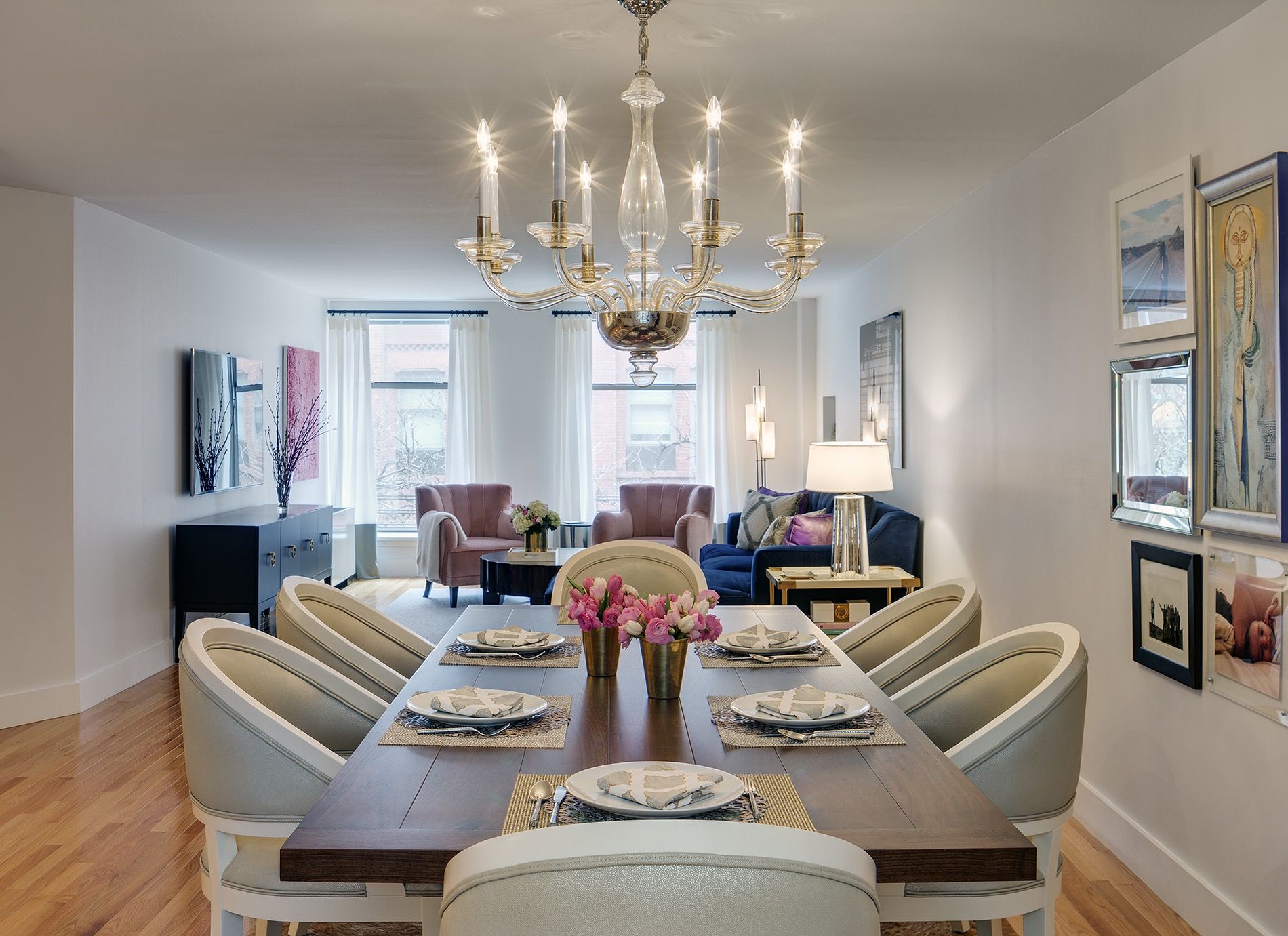 When it comes to interior design, color is one of the most important elements to consider. It has the power to set the mood of a room, evoke emotions, and create a cohesive flow throughout your home. This is especially true when it comes to connecting your living room and dining room – two spaces that often share an open floor plan. By strategically choosing
paint colors
for these areas, you can create a seamless and visually appealing transition between the two rooms.
When it comes to interior design, color is one of the most important elements to consider. It has the power to set the mood of a room, evoke emotions, and create a cohesive flow throughout your home. This is especially true when it comes to connecting your living room and dining room – two spaces that often share an open floor plan. By strategically choosing
paint colors
for these areas, you can create a seamless and visually appealing transition between the two rooms.
Choosing Colors for Your Living Room and Dining Room
 When selecting colors for your living room and dining room, it's important to consider the overall style and aesthetic you want to achieve. Are you going for a bold and modern look, or a more calming and traditional feel? This will help guide you in choosing the right
paint colors
for your space. You should also take into account the existing furniture and decor in each room, as well as the amount of natural light that enters the space.
When selecting colors for your living room and dining room, it's important to consider the overall style and aesthetic you want to achieve. Are you going for a bold and modern look, or a more calming and traditional feel? This will help guide you in choosing the right
paint colors
for your space. You should also take into account the existing furniture and decor in each room, as well as the amount of natural light that enters the space.
Creating a Harmonious Color Palette
 Once you have a general idea of the style and colors you want to incorporate, it's time to create a harmonious color palette. A good rule of thumb is to choose one main color for both rooms and then incorporate accent colors to add depth and visual interest. For example, if your main color is a light blue, you could use darker shades of blue as accents in the living room and incorporate those same shades in smaller doses in the dining room.
Once you have a general idea of the style and colors you want to incorporate, it's time to create a harmonious color palette. A good rule of thumb is to choose one main color for both rooms and then incorporate accent colors to add depth and visual interest. For example, if your main color is a light blue, you could use darker shades of blue as accents in the living room and incorporate those same shades in smaller doses in the dining room.
Introducing the Perfect Paint Colors
 Now that you have a color palette in mind, it's time to choose the actual
paint colors
for your living room and dining room. One option is to use different shades of the same color for each room, creating a subtle yet cohesive look. Another option is to use complementary colors, such as blue and orange, to create a bold and eye-catching contrast. Whichever route you choose, be sure to test the colors in your space before committing to them.
Now that you have a color palette in mind, it's time to choose the actual
paint colors
for your living room and dining room. One option is to use different shades of the same color for each room, creating a subtle yet cohesive look. Another option is to use complementary colors, such as blue and orange, to create a bold and eye-catching contrast. Whichever route you choose, be sure to test the colors in your space before committing to them.
Final Thoughts
 Choosing the right
paint colors
for your living room and dining room can be a daunting task, but with a solid plan and some creativity, you can create a cohesive and inviting space that reflects your personal style. Remember to consider the overall aesthetic, create a harmonious color palette, and test the colors before painting. With these tips in mind, you'll be on your way to a beautiful and well-designed living and dining room.
Choosing the right
paint colors
for your living room and dining room can be a daunting task, but with a solid plan and some creativity, you can create a cohesive and inviting space that reflects your personal style. Remember to consider the overall aesthetic, create a harmonious color palette, and test the colors before painting. With these tips in mind, you'll be on your way to a beautiful and well-designed living and dining room.



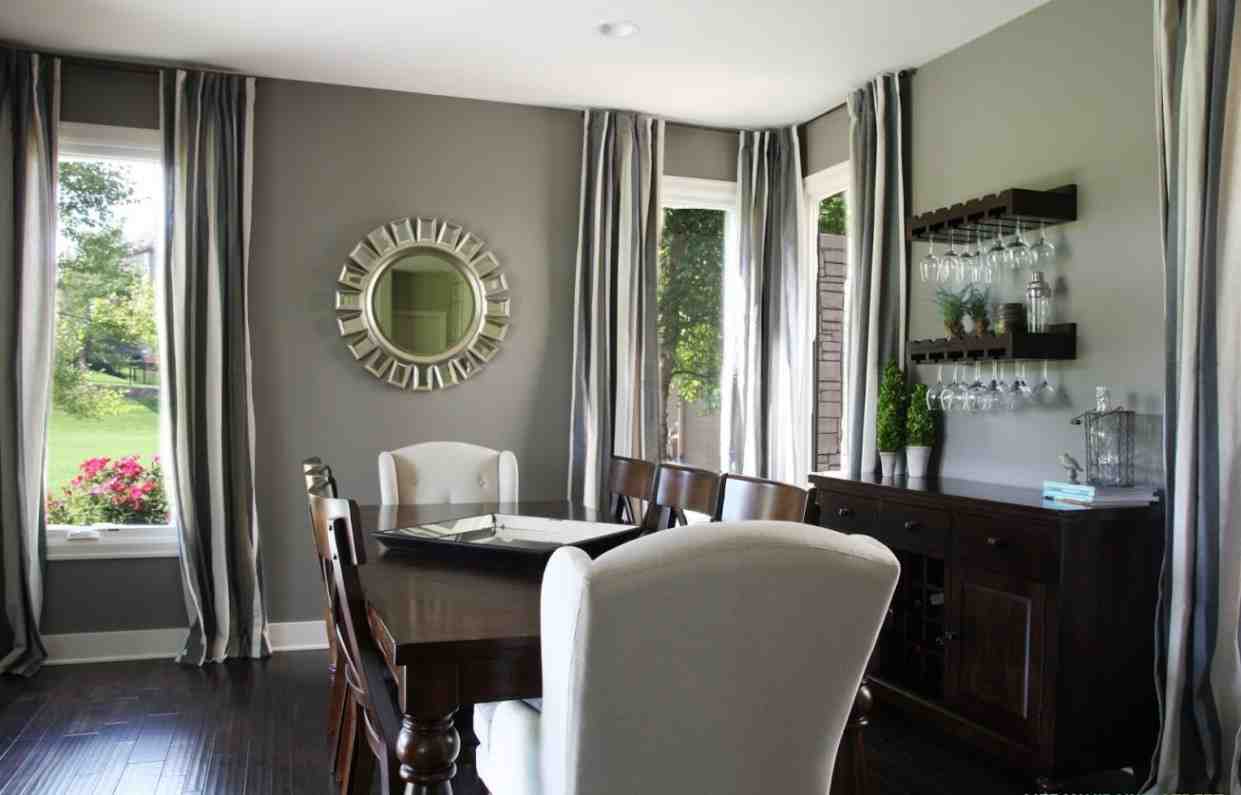










:max_bytes(150000):strip_icc()/DesignbyEmilyHendersonDesignPhotographerbyZekeRuelas_30-ad51133a857343228a2c56f76a22825f.jpg)



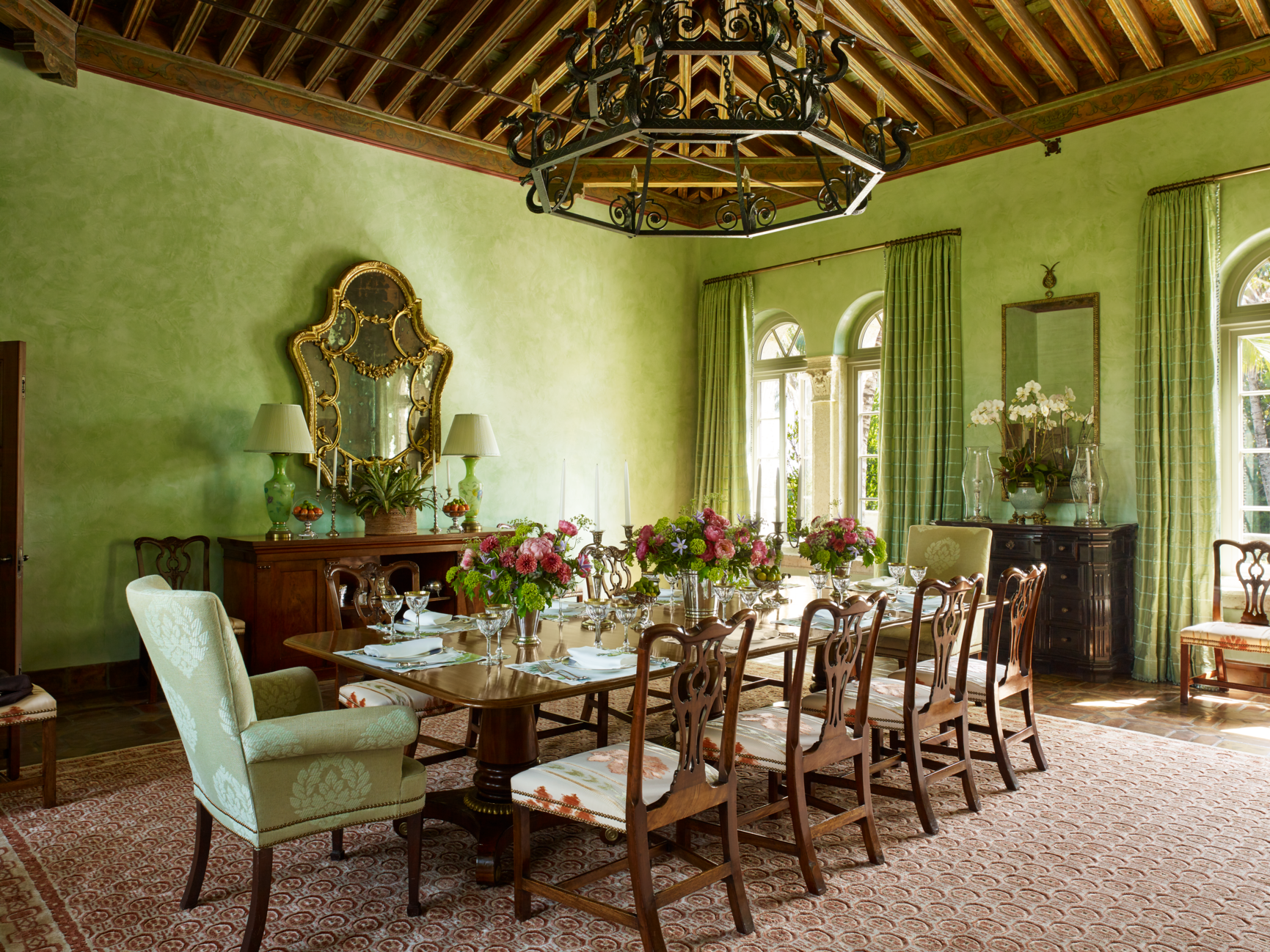



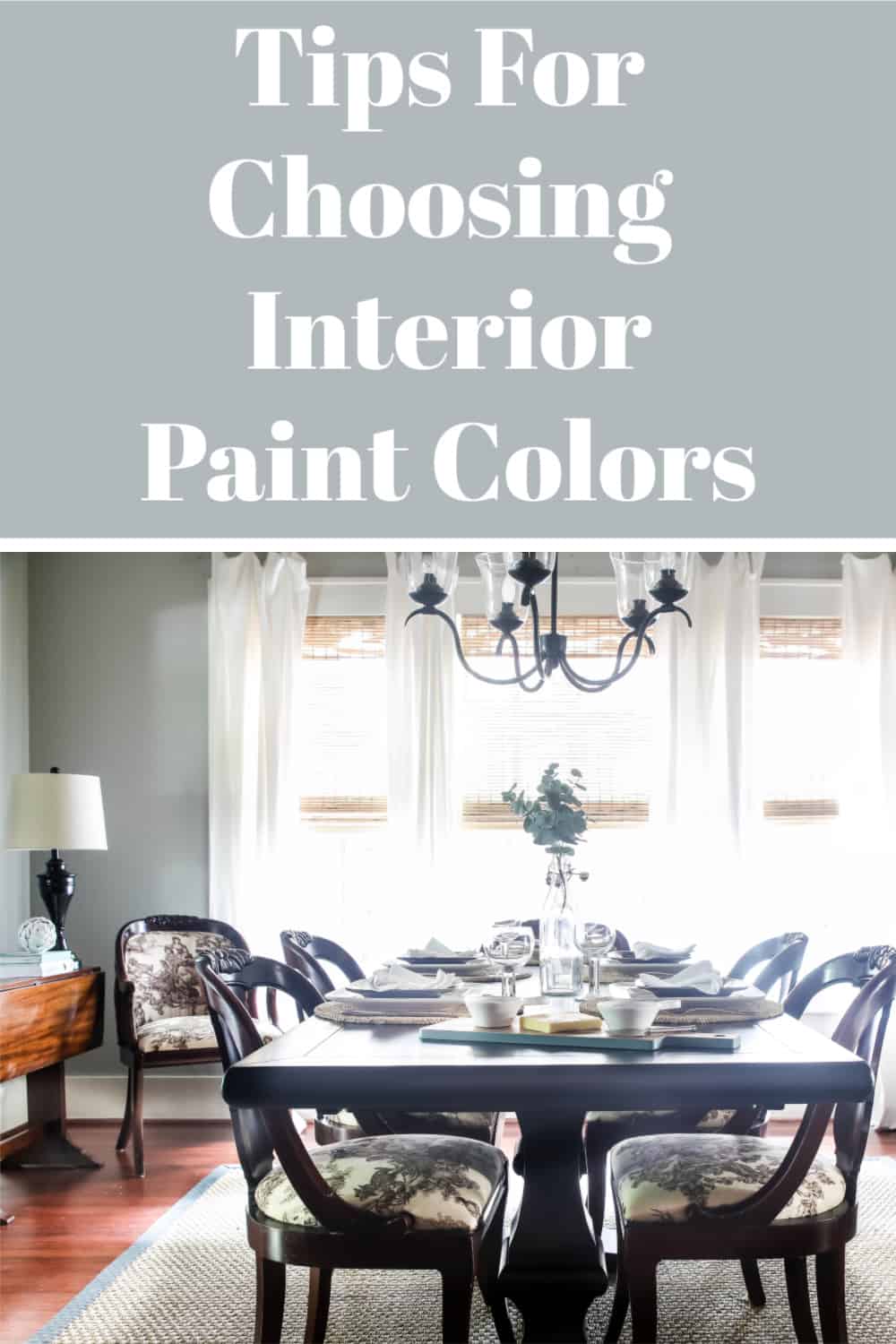


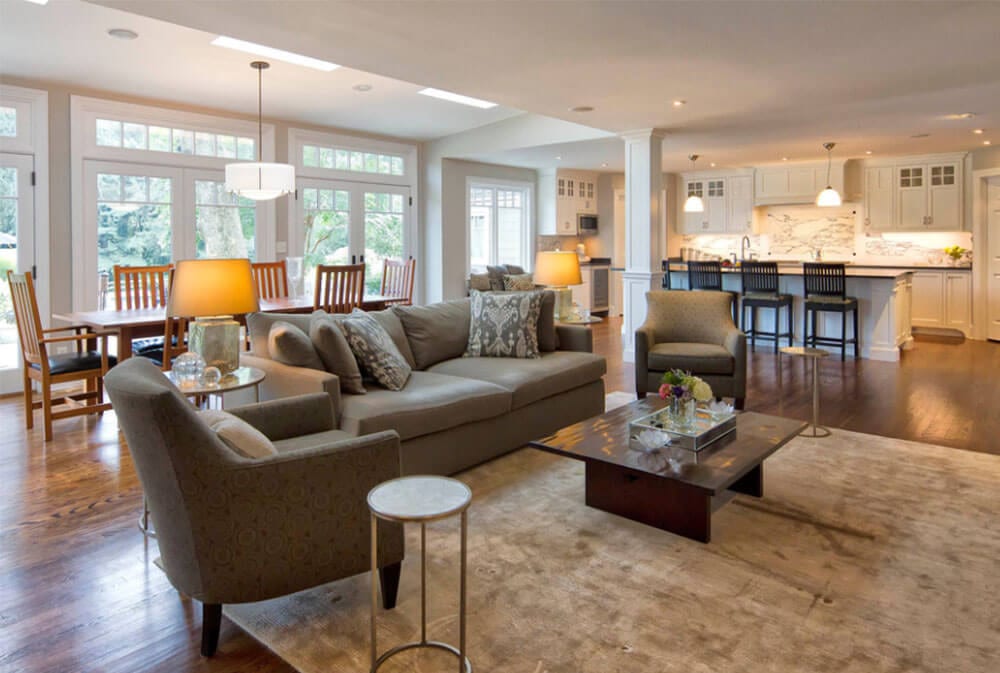
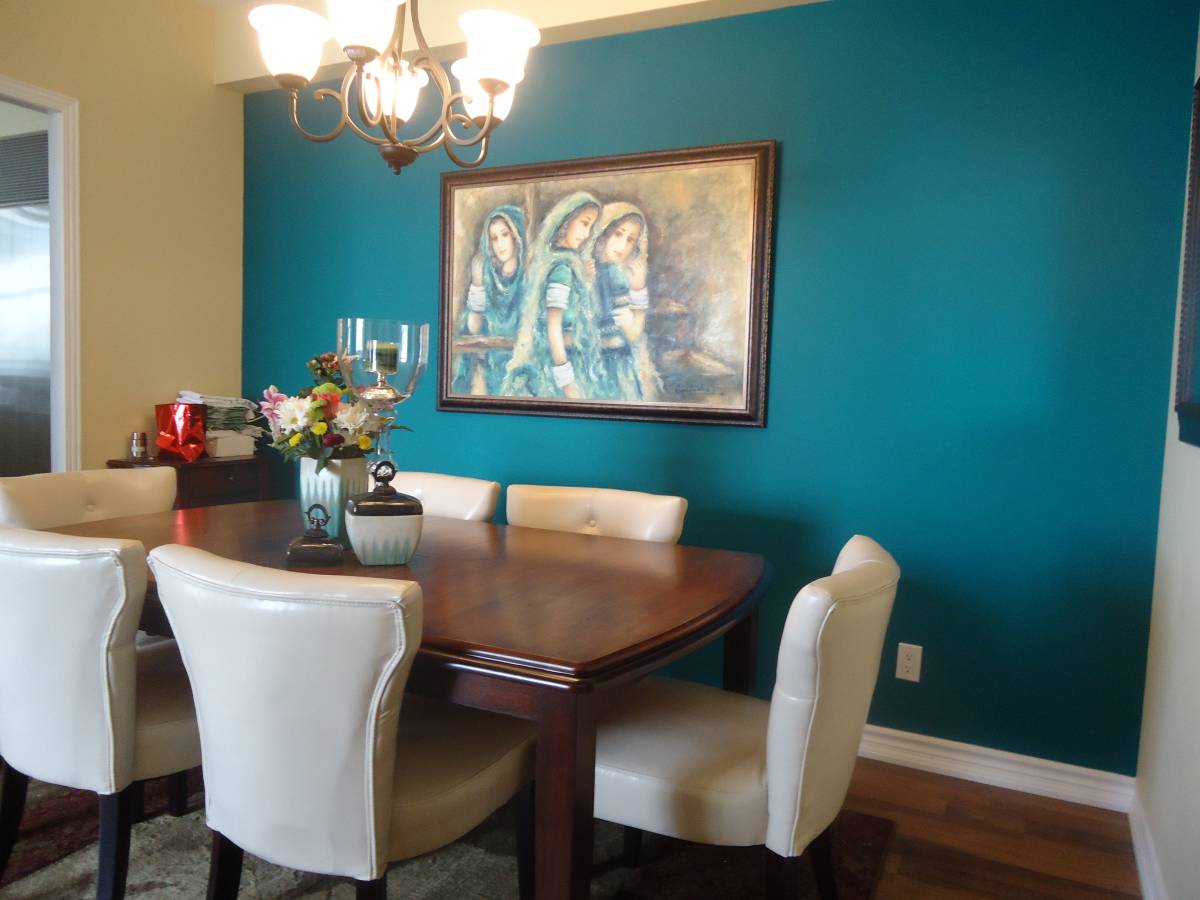


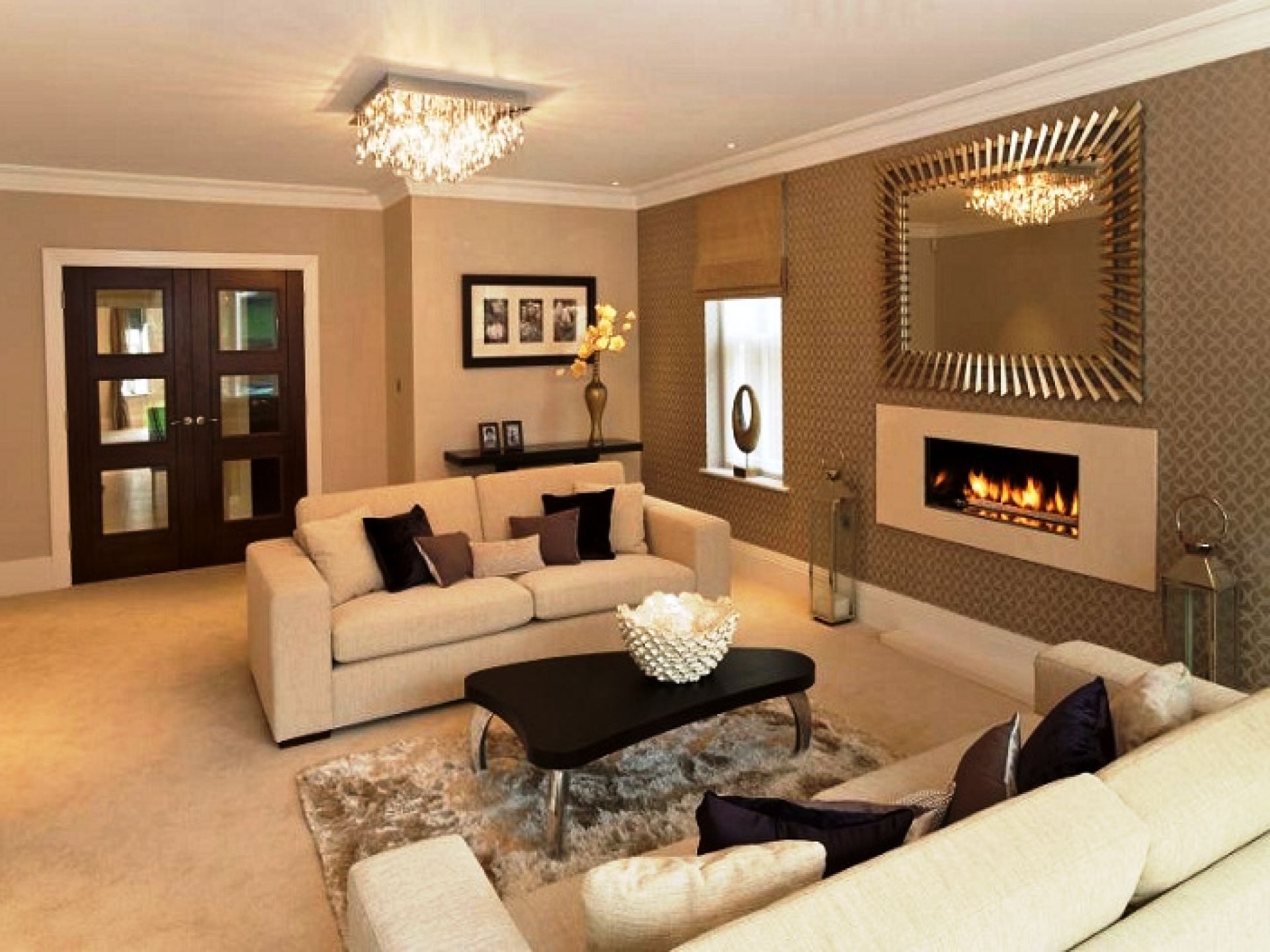

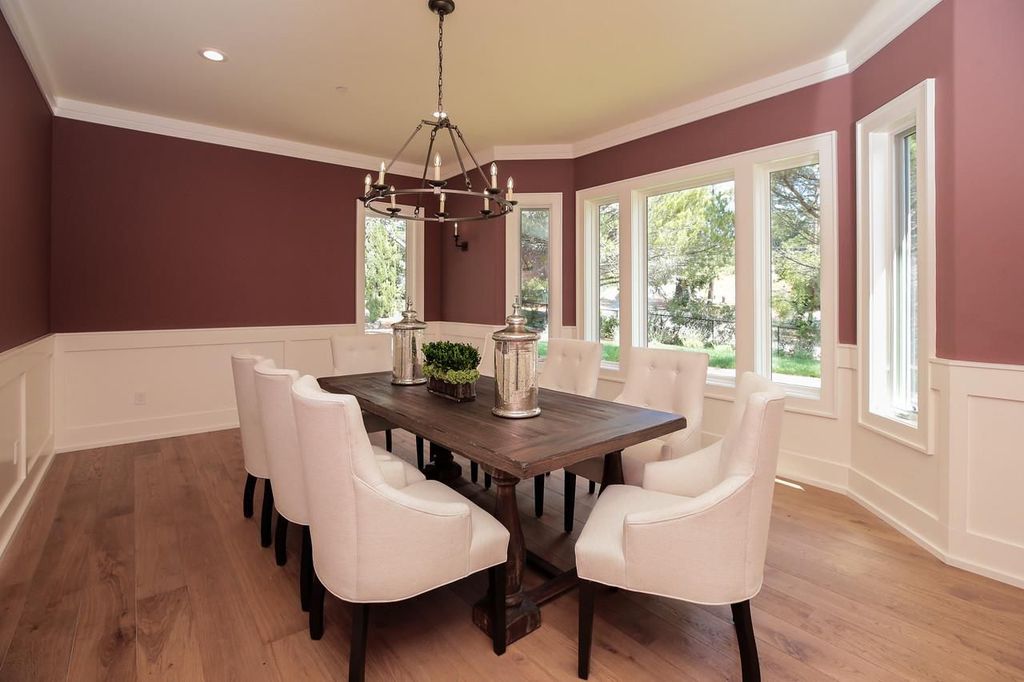


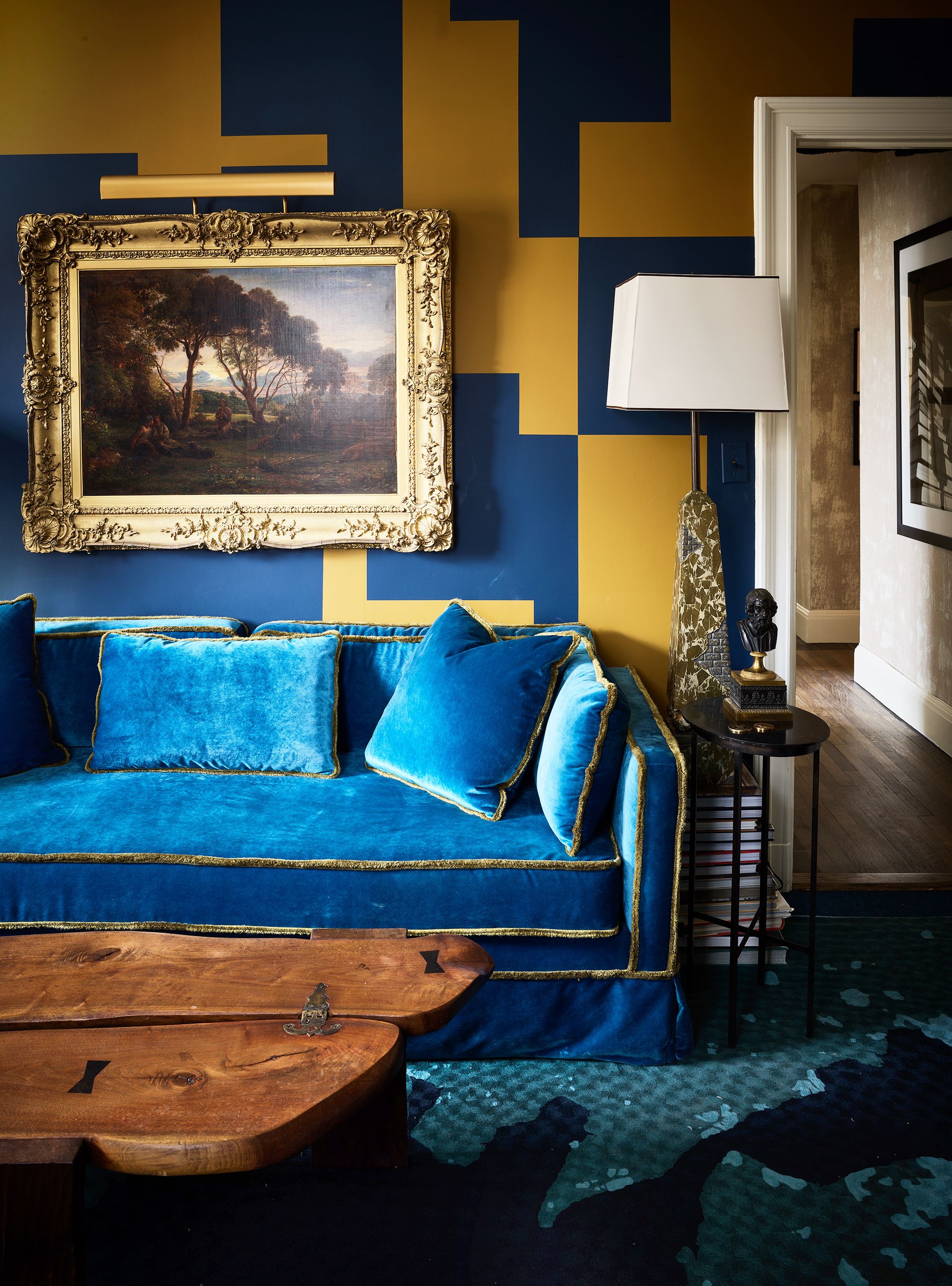


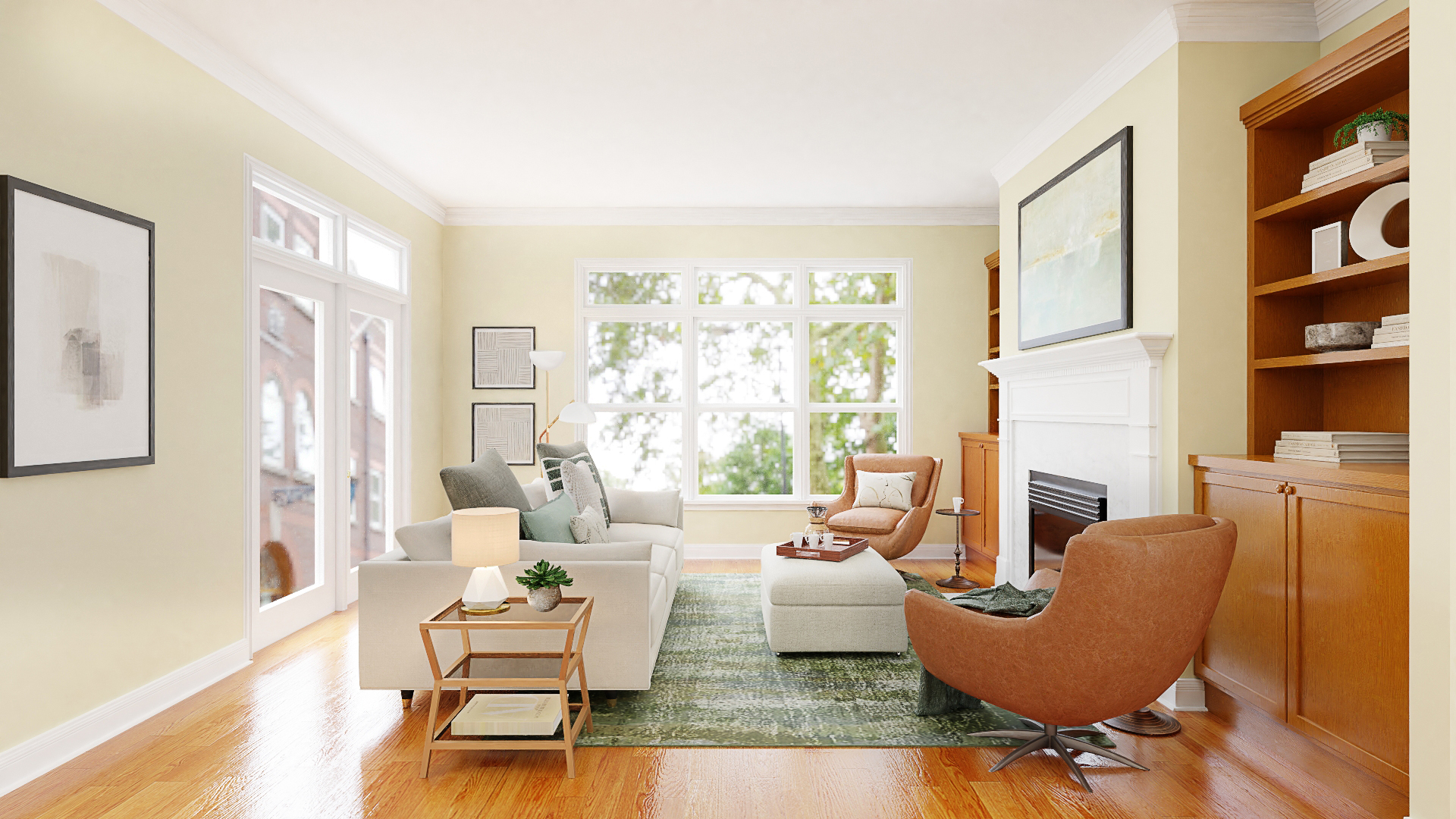
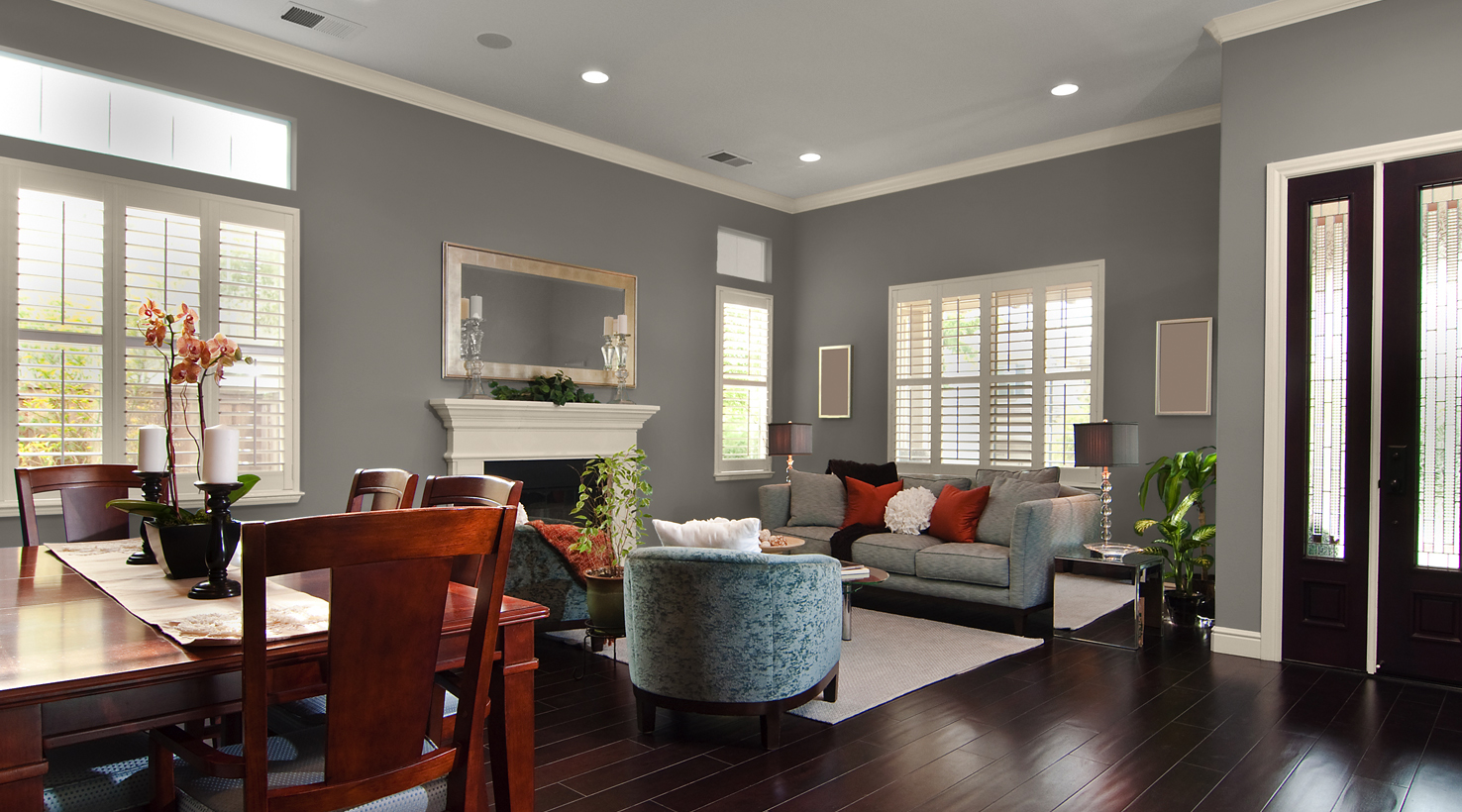
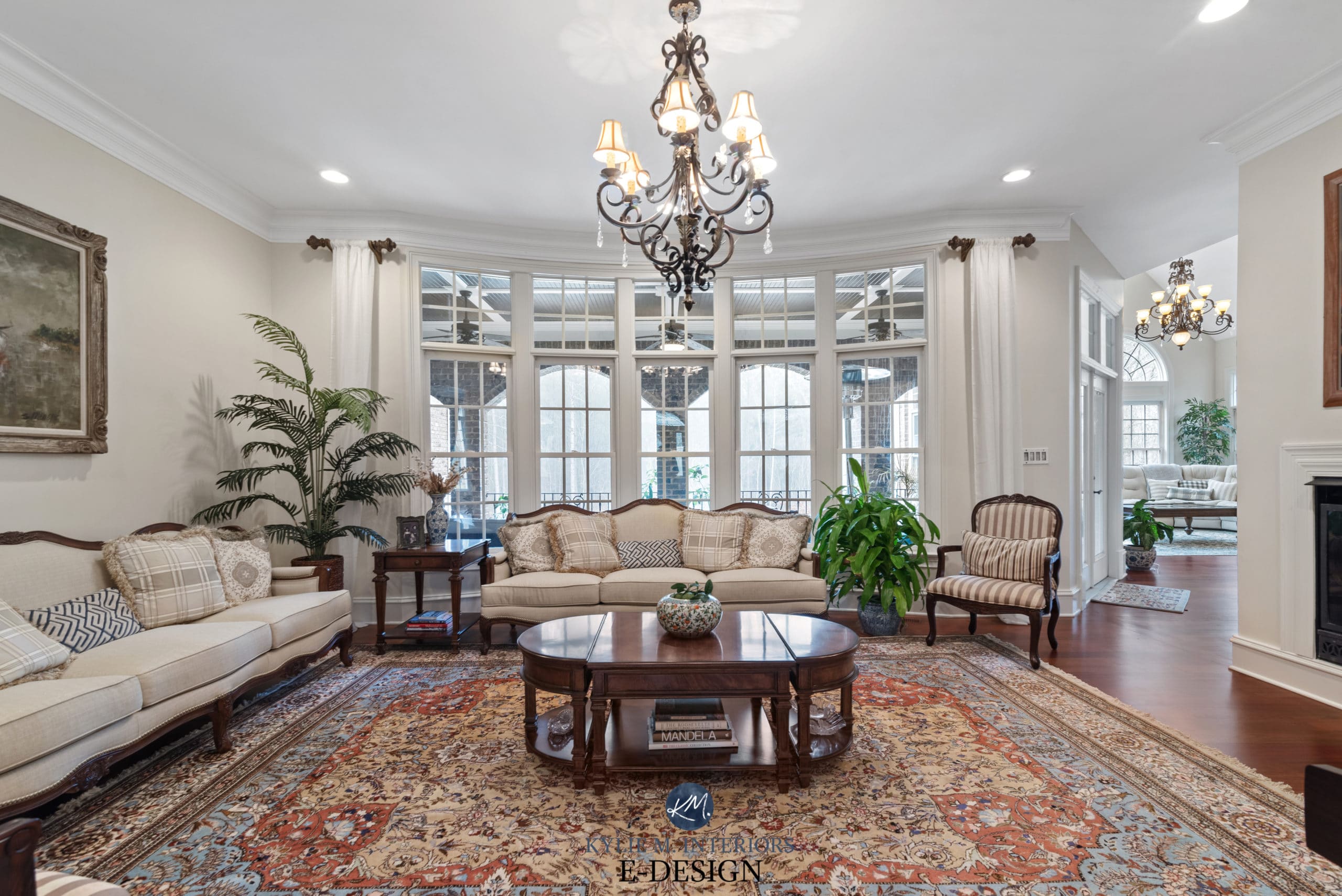
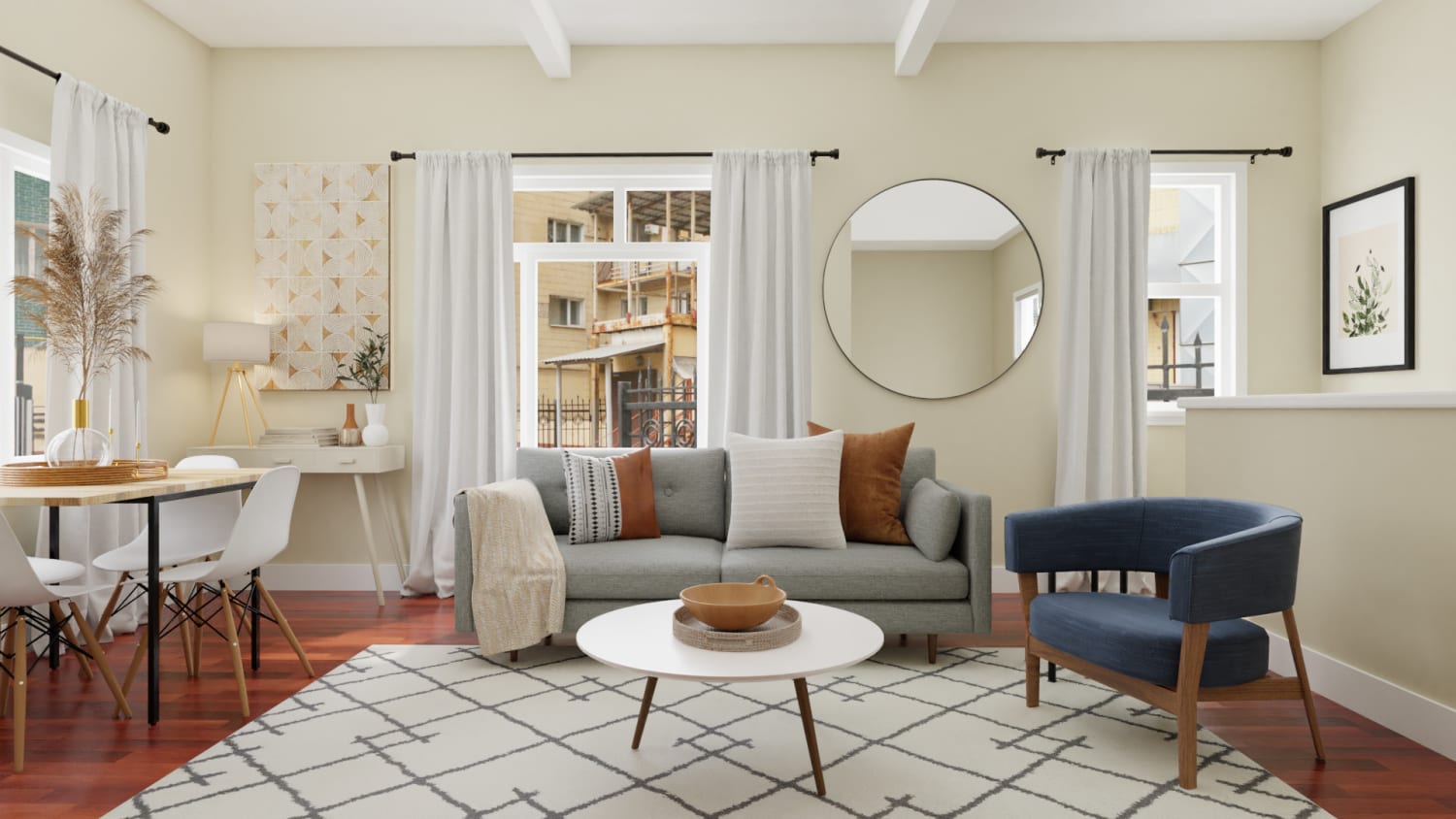
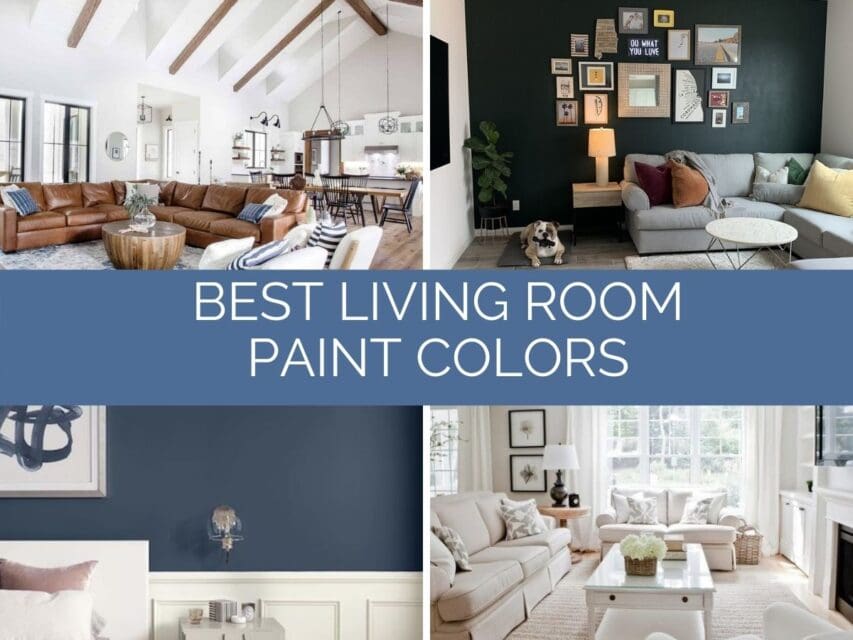
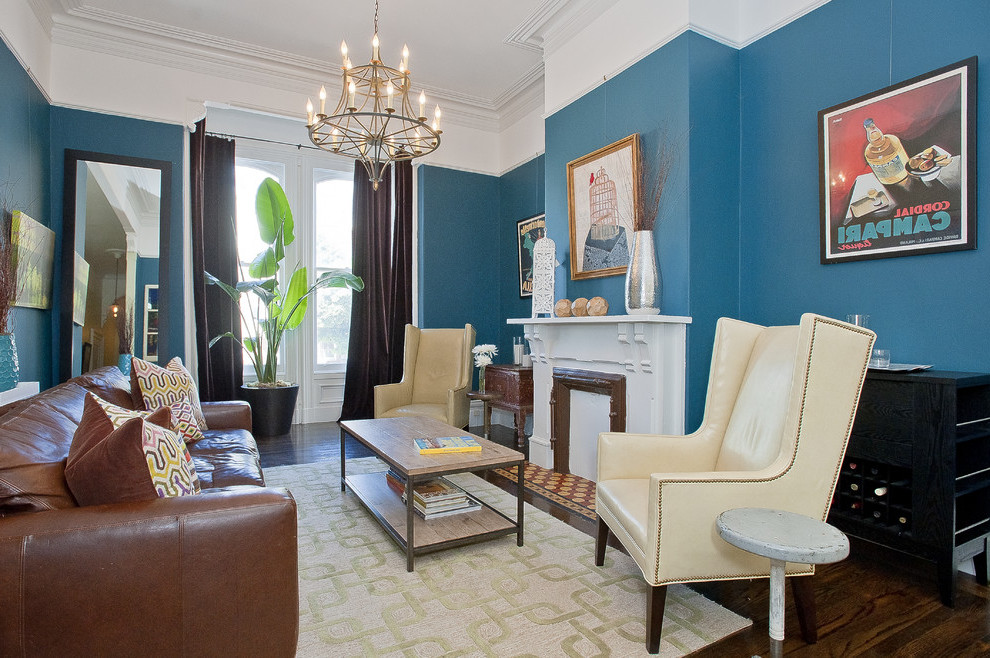










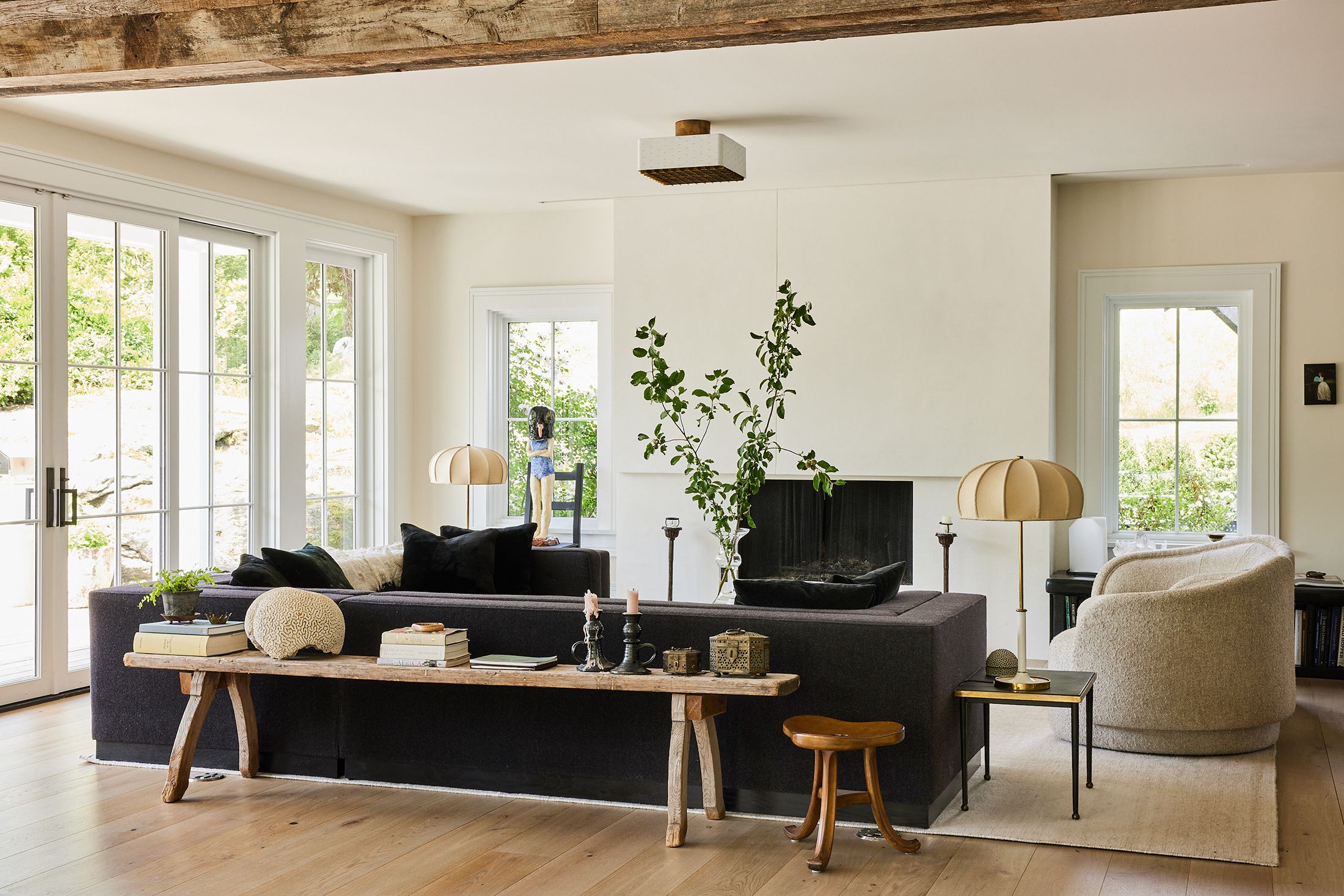
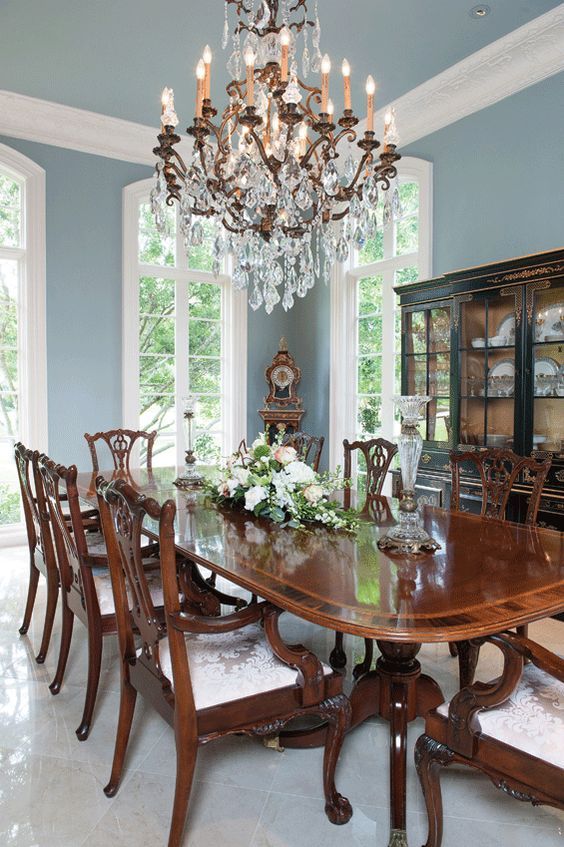


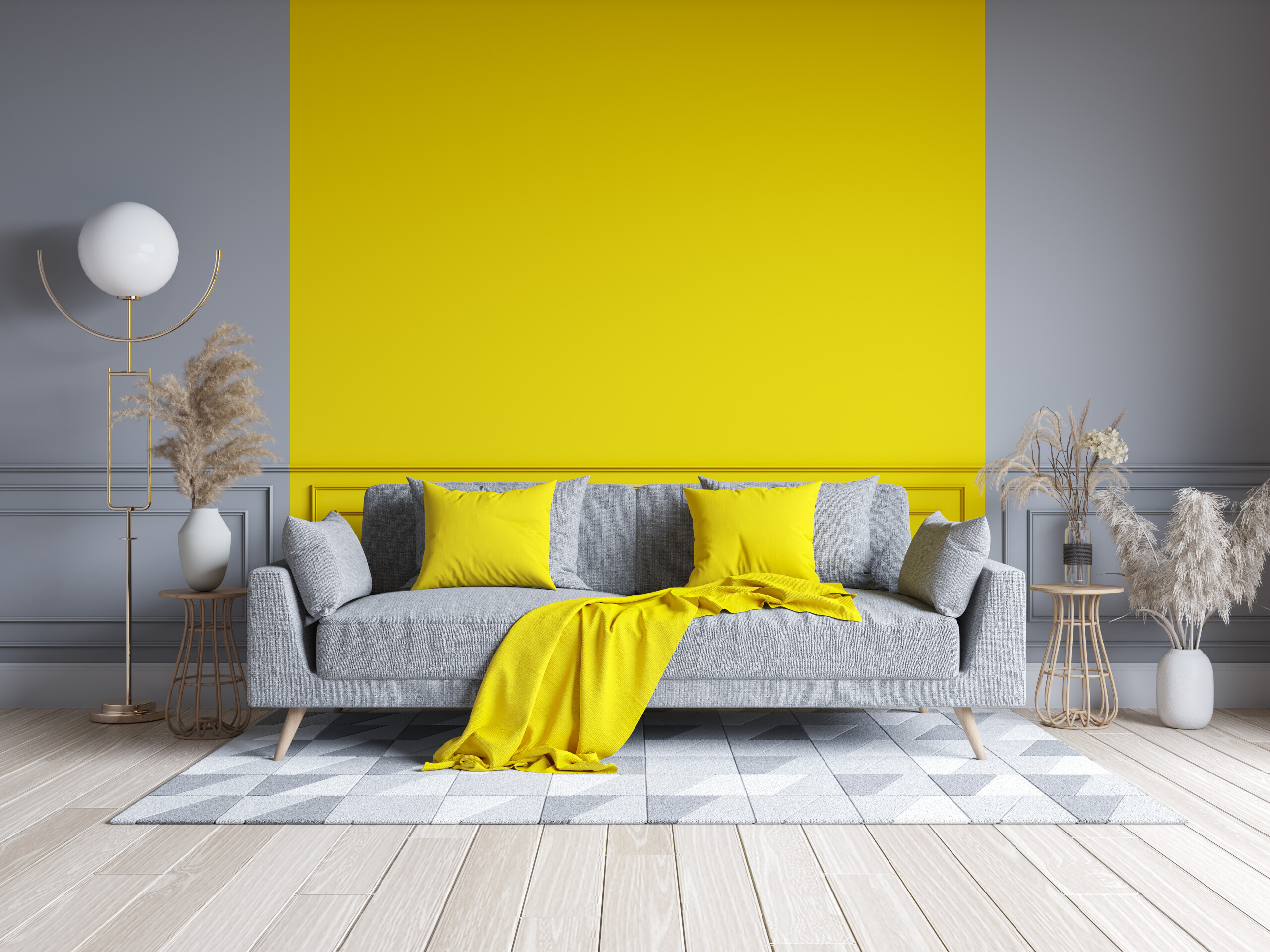









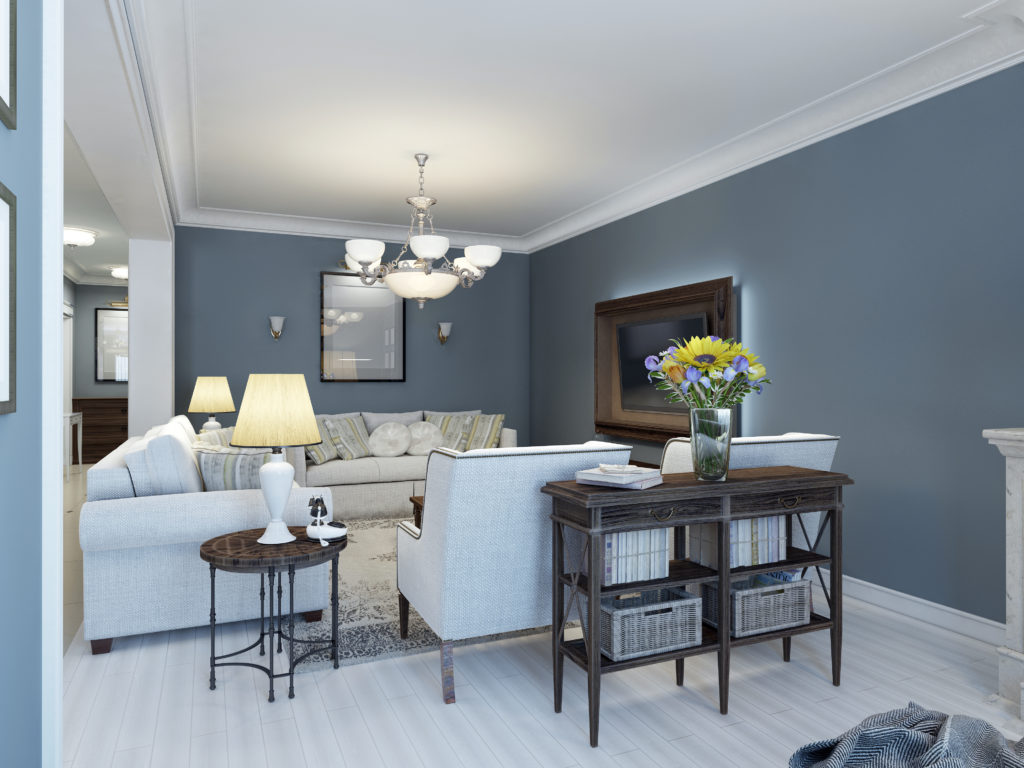





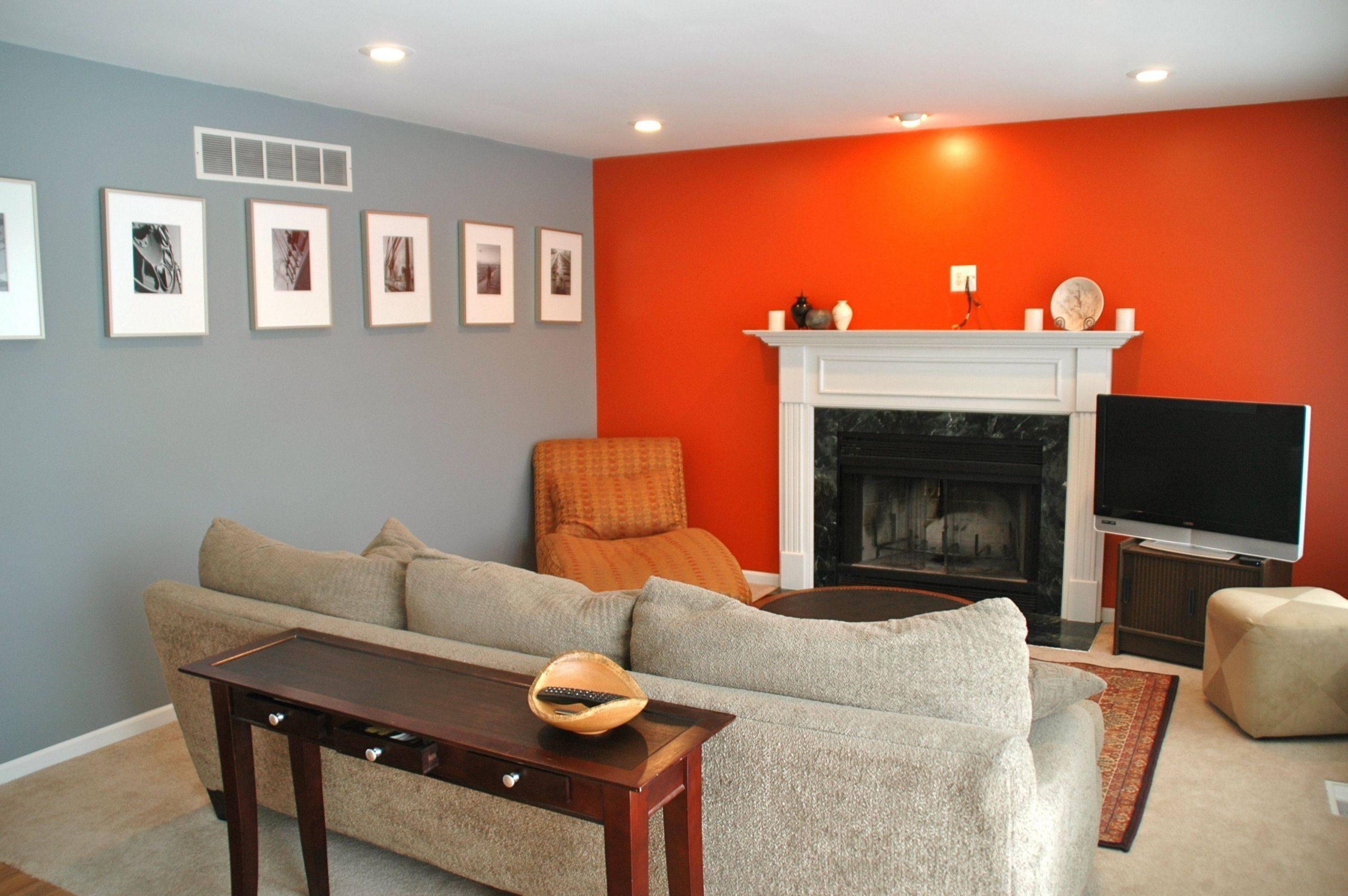
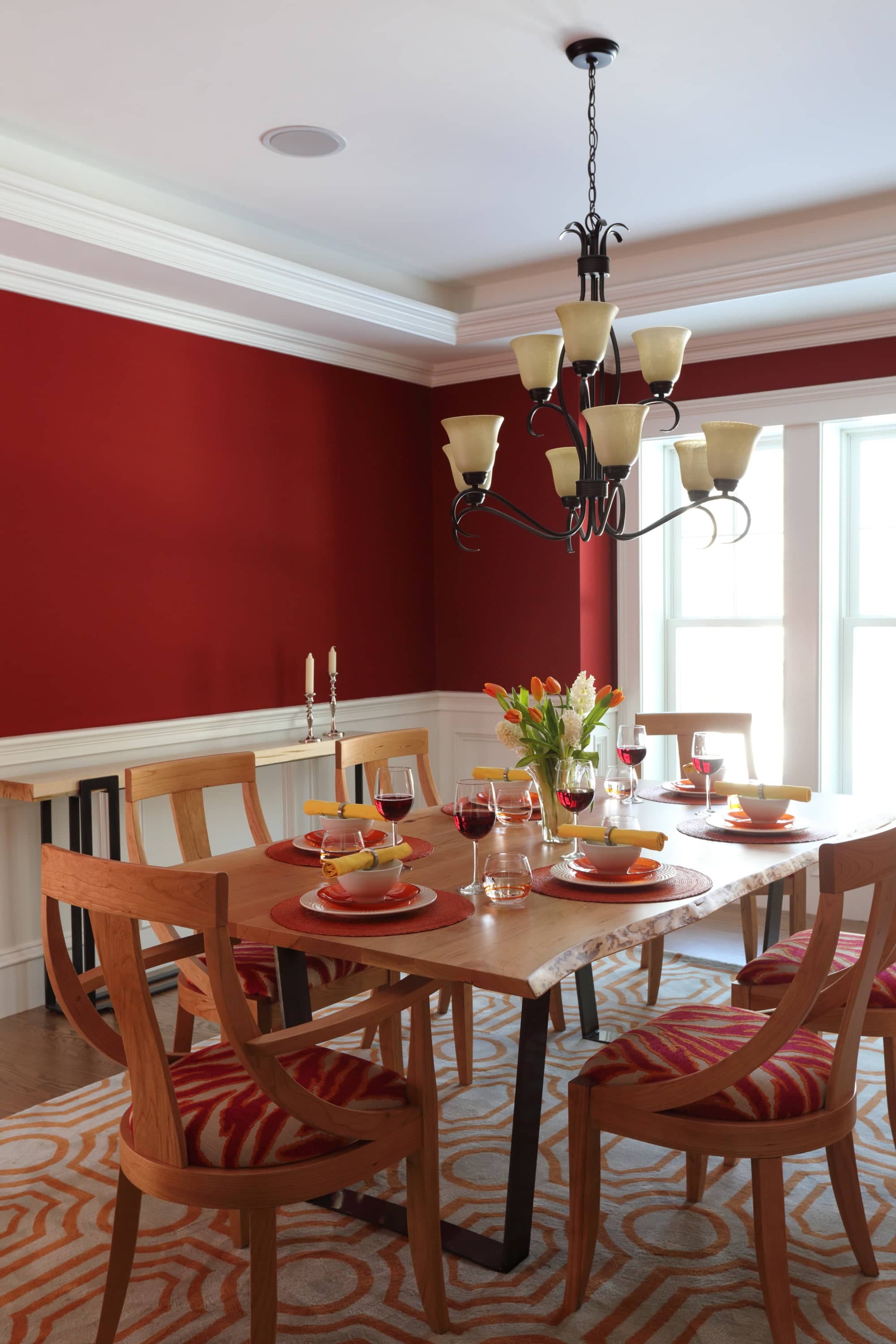
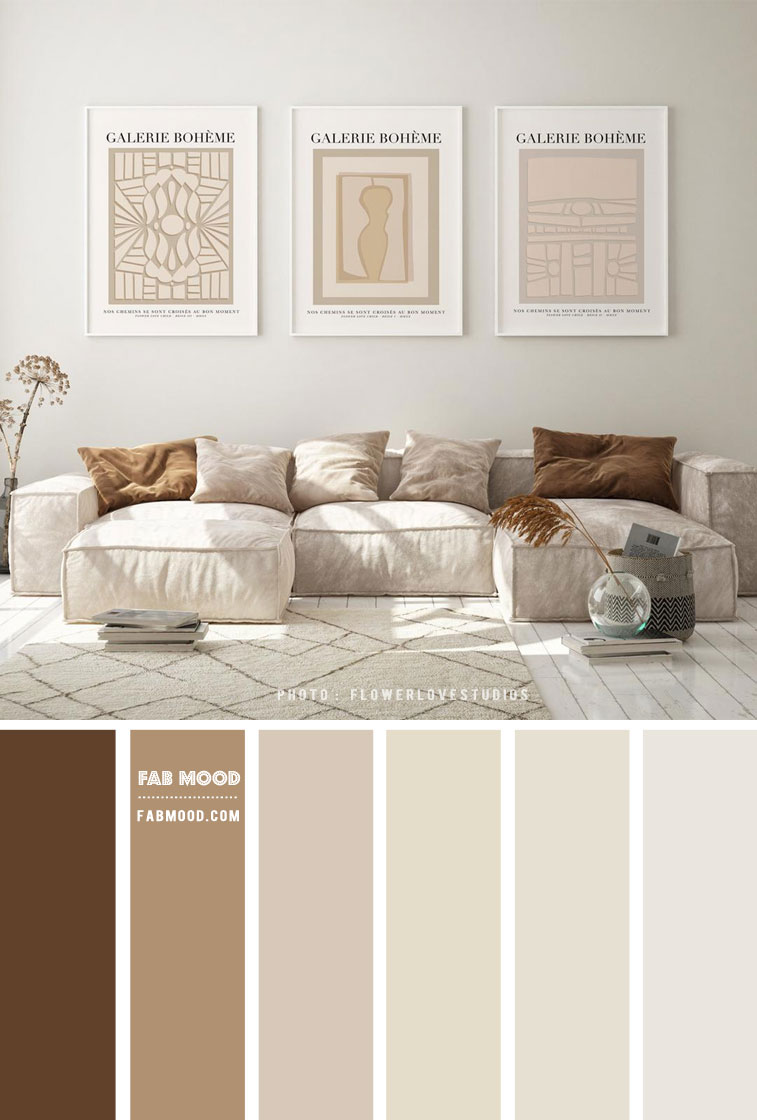
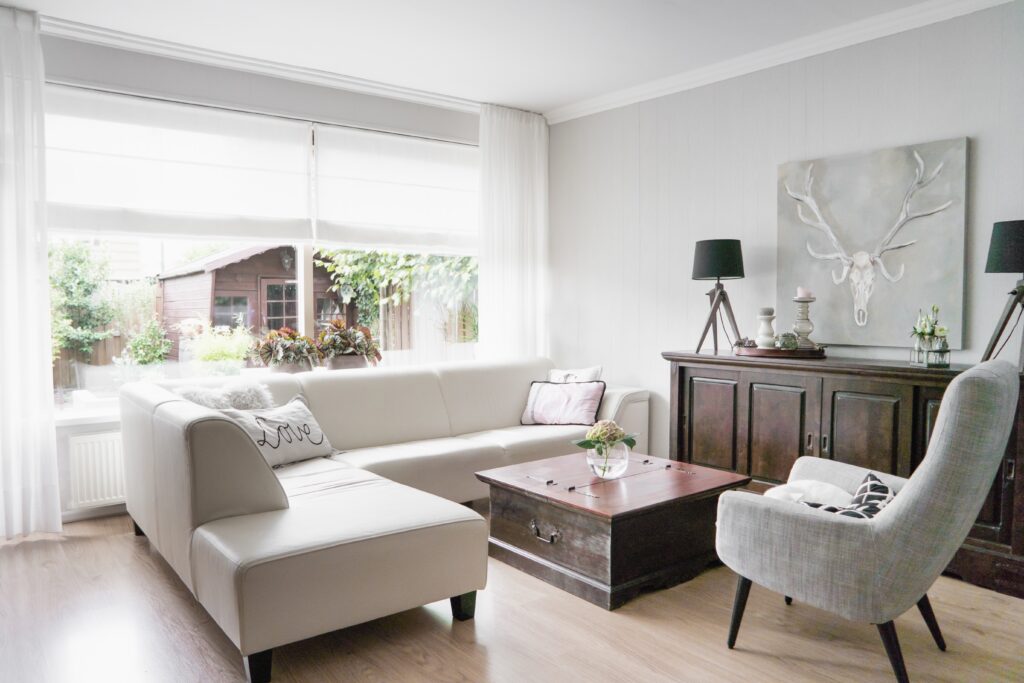


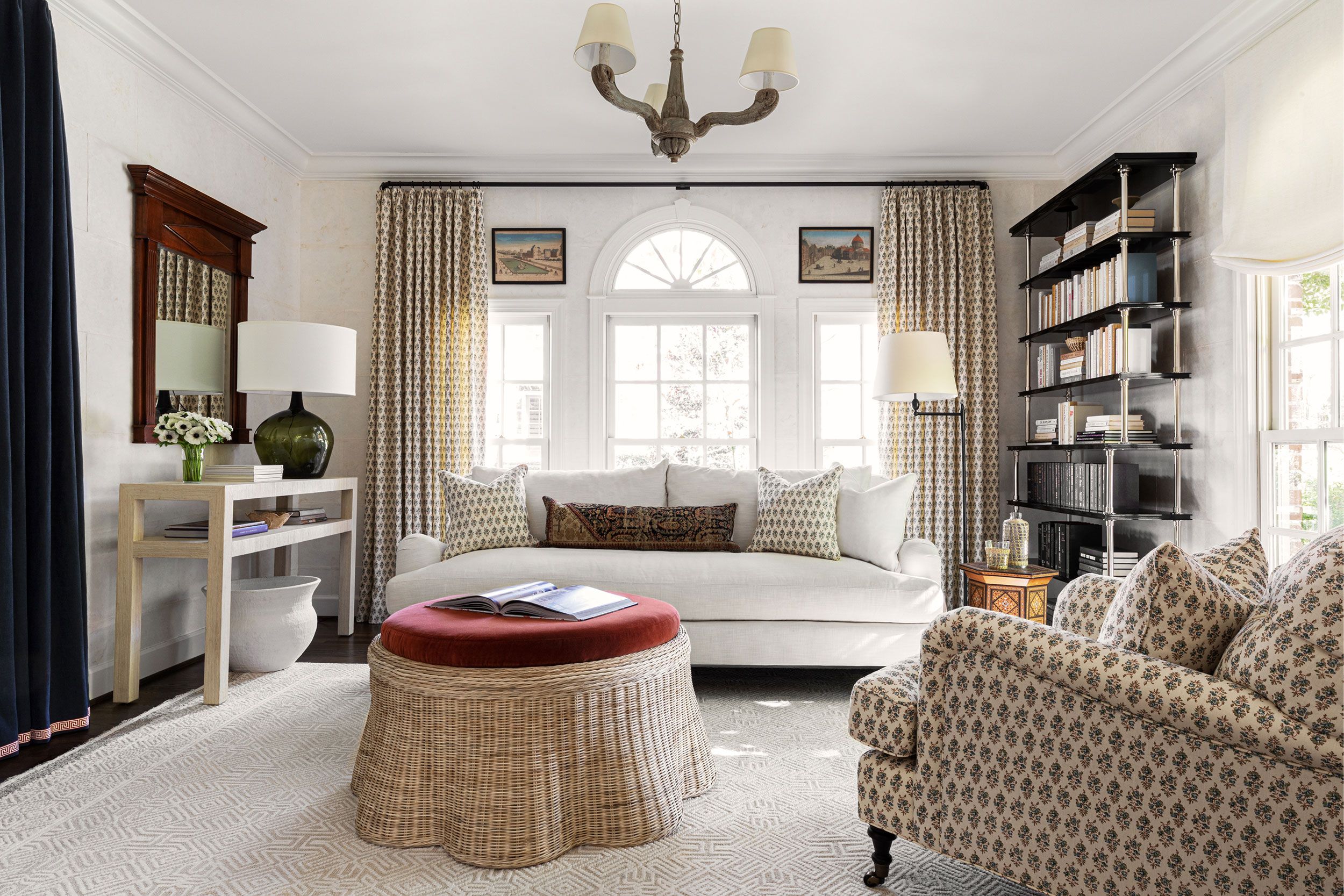

/Neutrallivingroom-GettyImages-568518365-5a6260a87d4be80036ac6b0c.jpg)
/scandinavian-living-room--19-10--949108480-5c60947746e0fb00017dd27d.jpg)





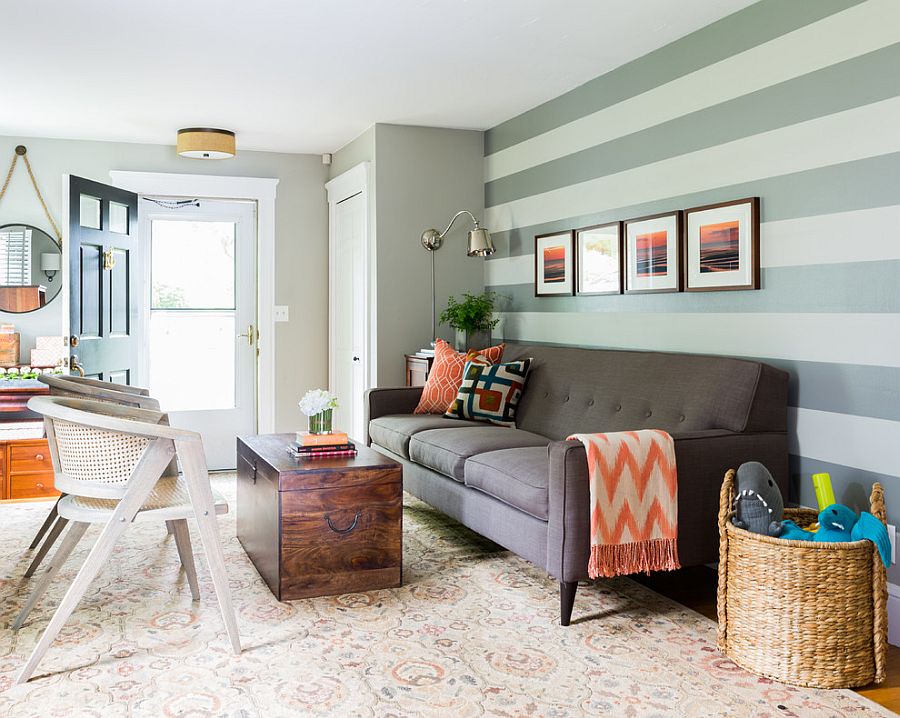
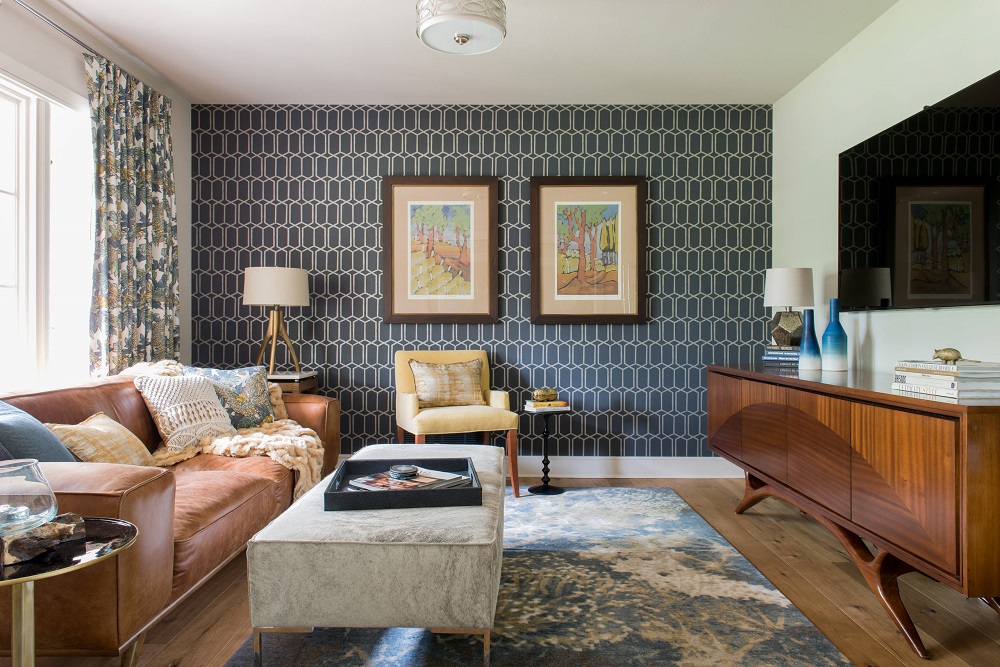
/living-room-accent-walls-4135943-03-ccb81c14f95148e884228f03811e7092.jpg)
/Deep-Blue-Accent-Wall-58e42e935f9b58ef7e6e0b8b.png)

